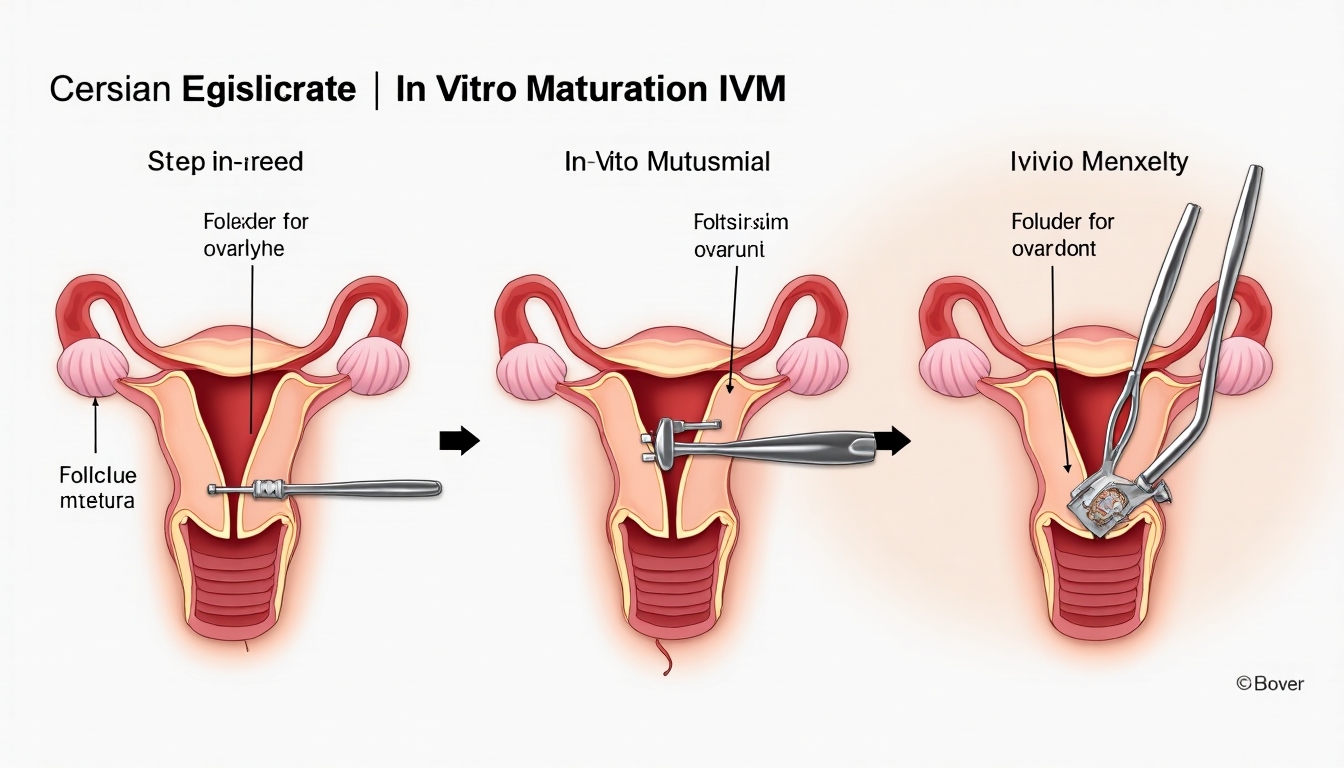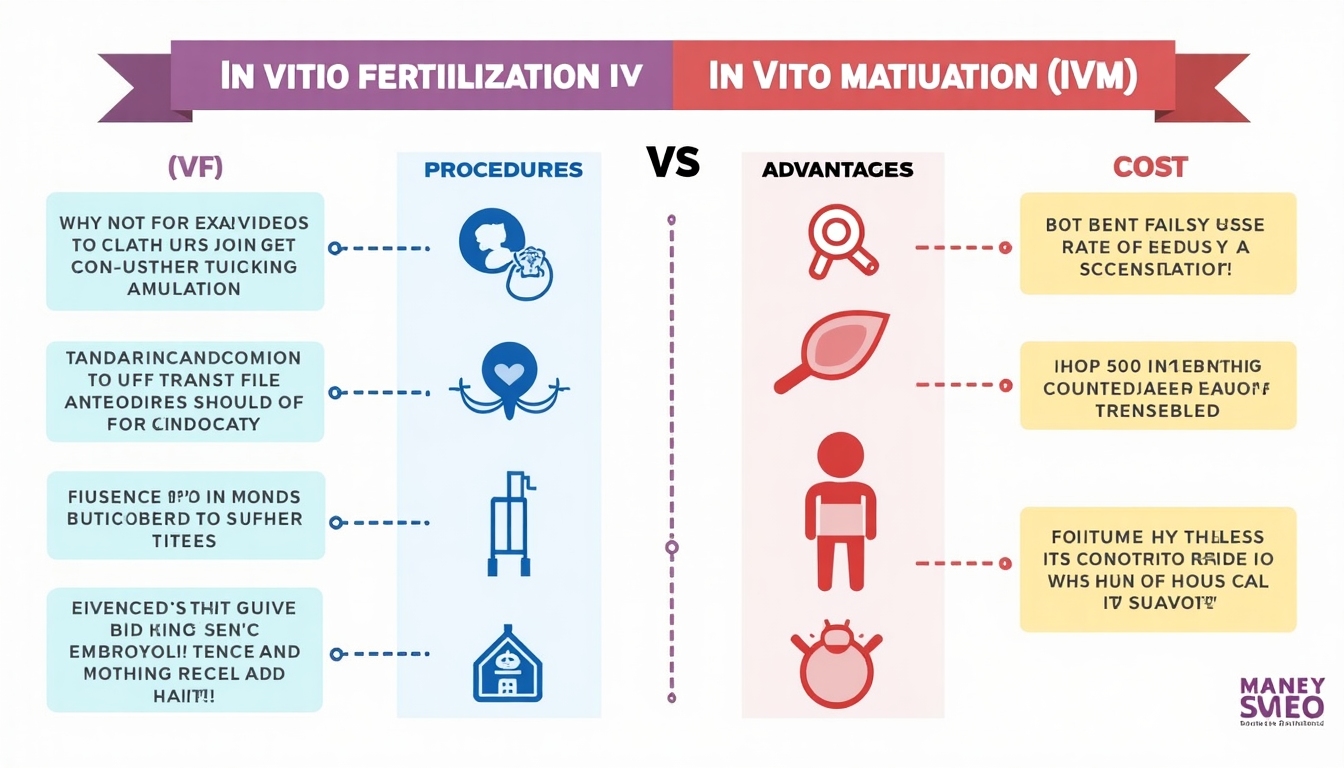In Vitro Maturation vs Traditional IVF: A Comprehensive Guide
Feb. 5, 2025, 5:05 p.m.
Overview
Navigating the world of fertility treatments can be daunting. Today, we explore the differences between in vitro maturation vs traditional IVF, shedding light on what each process entails and how they cater to individuals struggling with infertility.

Understanding the Basics
In Vitro Fertilization (IVF)
In vitro fertilization, often referred to simply as IVF, is one of the most widely recognized fertility treatments. It involves stimulating a woman’s ovaries to produce multiple eggs, which are then retrieved for fertilization with sperm in a laboratory setting. The embryos are cultured for several days before the healthiest ones are transferred into the uterus.
IVF is particularly beneficial for:
- Women with blocked or damaged fallopian tubes
- Individuals with male infertility issues
- Those with unexplained infertility problems

In Vitro Maturation (IVM)
In vitro maturation is a relatively newer procedure where immature eggs are retrieved from the ovaries and matured in the lab. Unlike traditional IVF, IVM requires less hormonal medication, thus reducing the risk of ovarian hyperstimulation syndrome (OHSS).
Women who might benefit from IVM include:
- Those with polycystic ovary syndrome (PCOS)
- Individuals seeking less hormonal stimulation
- Patients at risk for OHSS

Key Differences
- Hormonal Stimulation: IVF involves more extensive hormone treatment to mature eggs in the ovaries, while IVM requires minimal stimulation, allowing eggs to mature in the lab.
- Cost and Safety: IVM can be less costly and safer due to fewer hormones, lowering the risk of OHSS.
- Maturity Timing: In IVF, eggs are matured before retrieval, whereas in IVM, maturation occurs post-retrieval.
| Factor | Traditional IVF | In Vitro Maturation (IVM) |
|---|---|---|
| Hormonal Stimulation | High | Low |
| Egg Maturation | Prior to retrieval | After retrieval |
| OHSS Risk | Higher | Lower |
| Cost | Potentially higher | Generally lower |

Personal Insights and Testimonials
Many individuals who have navigated infertility express a rich tapestry of emotions and experiences. Jane, a 34-year-old teacher, shared her journey through IVM as a choice driven by her diagnosis of PCOS.
“I was nervous about the side effects of hormones from traditional IVF. IVM offered a smoother path with fewer complications,” she explains. Jane's successful pregnancy underscores the significance of choosing the right treatment based on individual health needs.

Final Thoughts
Deciding between in vitro maturation and traditional IVF largely depends on personal health circumstances and preferences. A thorough consultation with a fertility specialist is essential to determine the most suitable approach.
Both methods have their unique advantages and can offer a successful path toward pregnancy. As every journey is different, being informed empowers individuals to make the best choices for their family planning goals.